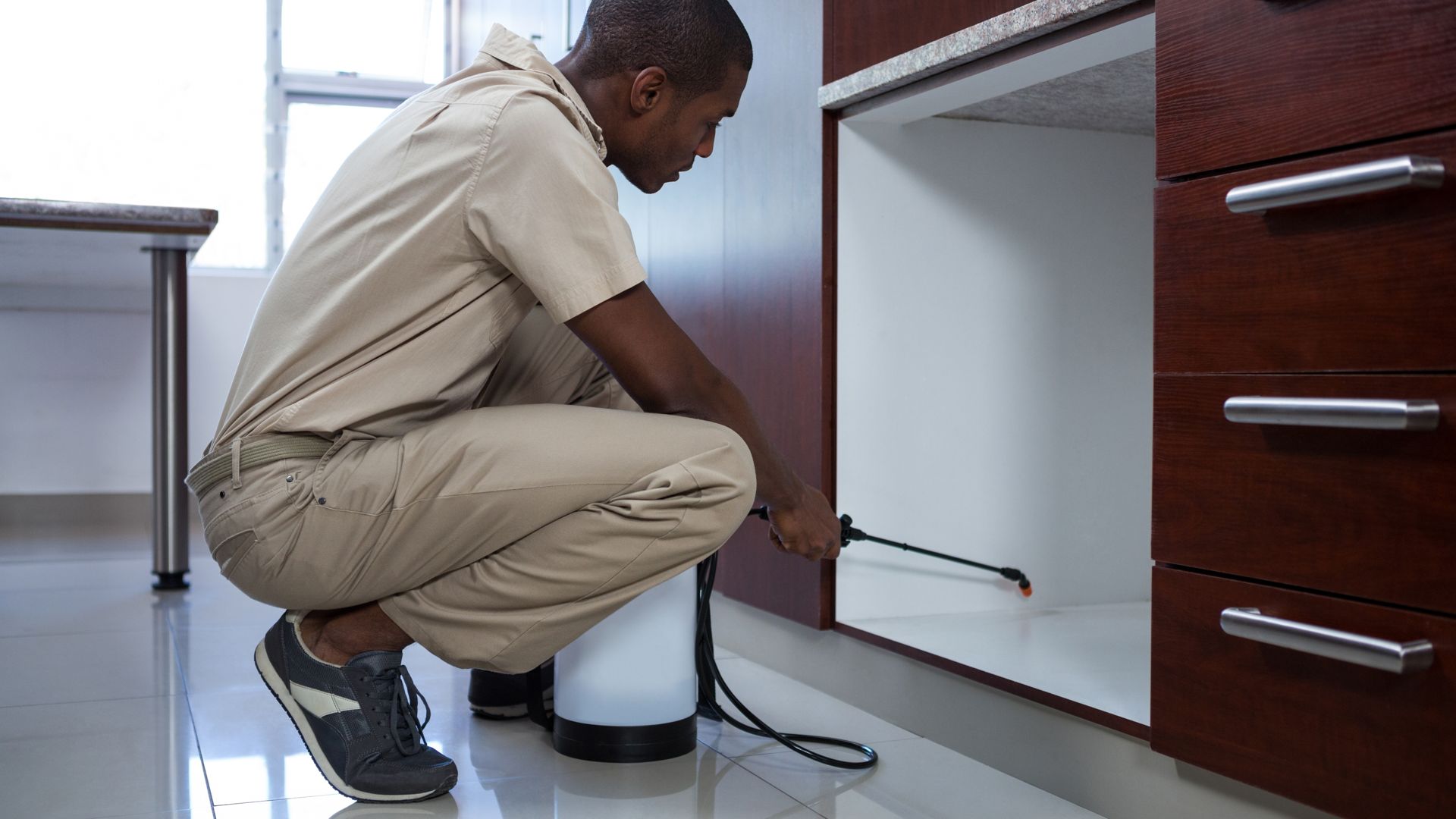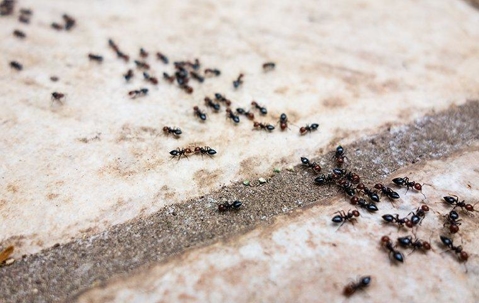These are some big ants! We do everything big in Texas, but do the ants have to be enormous? Luckily, they don’t bite people or have any type of venom, they are just unnerving to look at. Besides, it’s not you that they are after, it’s your house. The folks at Greenforest Termite & Pest Control know these critters well, and how to find their nesting spots.
Description Of Carpenter Ants
If you have seen a carpenter ant, you probably would describe it as a "big black ant," and you wouldn’t be wrong. They are definitely big. It’s all the other things that they do that most people don’t usually know about. In case you are not quite sure what ants are crawling around your home, here is a list of descriptors to help you identify the pest:
- They have a waist with one node, and a thorax that is evenly rounded when viewed from the side.
- They are black or red (or somewhere in between).
- They usually range in size from 3/8 to 1/2 inch long; one species is only 3/16 inch.
- Even carpenter ant workers of the same species vary in size.
- Queens and males are larger than workers and have wings. Queens lose their wings once they start a new nest.
- Queens may be as large as one inch long.
What Are They Attracted To?
Carpenter ants are carnivores, eating meat or other dead insects when available, but their favorite food is sugary treats. When outside they will consume the sweet liquid produced by aphids and scale insects, called honeydew. Indoors, carpenter ants feed on syrup, honey, sugar, jelly, and other sweets. They also will raid the dog food bowl for a good source of protein. Anything that is headed for the secret stash of chocolate should be considered the worst sort of enemy.
What Kind Of Damage Can They Do?
Carpenter ants do not eat wood, but they do remove it as they create galleries and tunnels for nesting, this is how the damage happens. The ants will tunnel between the ‘parent’ nest and the ‘satellite’ nest. The longer a colony is present in a home, the more severe the damage. Struts and other support beams can be weakened when carpenter ant damage is severe. Generally, this occurs slowly, often taking years.
The two types of nesting sites are:
Parent
- Parent nests when outdoors are usually found in decaying wood in trees, tree roots, tree stumps, and logs or boards lying on or buried in the ground. Also, in areas around your home’s windows.
- Parent nests when indoors are found in places where the wood is moist or decaying. Such as behind bathroom tiles, around tubs, sinks, showers, and dishwashers, as well as under roofing, in attic beams, and under subfloor insulation. They can also be found in hollow spaces like doors, curtain rods, and between walls.
Satellite
- The carpenter ant will sometimes establish satellite nests in nearby indoor or outdoor sites. The workers are assigned to the satellite nest, frequently between their nest and the parent colony. Satellite nests are typically composed of workers, pupae, and mature larvae. Oftentimes the satellite nests are in dry locations.
Best Way To Get Rid Of Carpenter Ants
The best way to rid your home of carpenter ants is to call in a professional residential pest control and commercial extermination company. You don’t want to mess around with a pest that is compromising the structural integrity of your house. Greenforest Termite & Pest Control knows a thing or two about the damage that can be done and how to prevent it. Give us a call today for a free carpenter ant eradication estimate.

